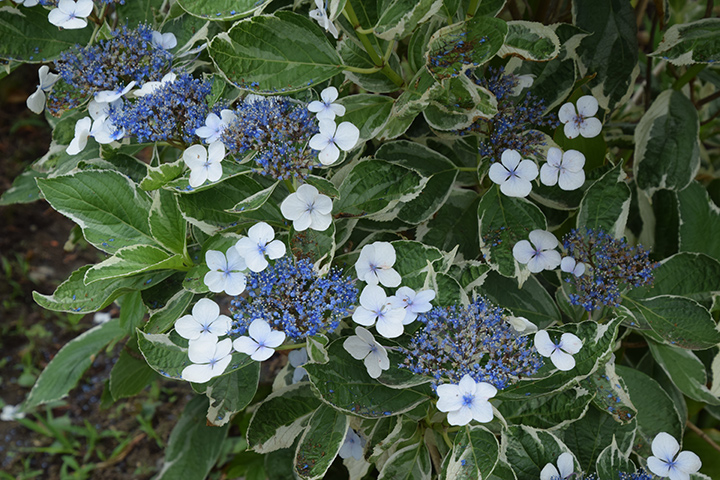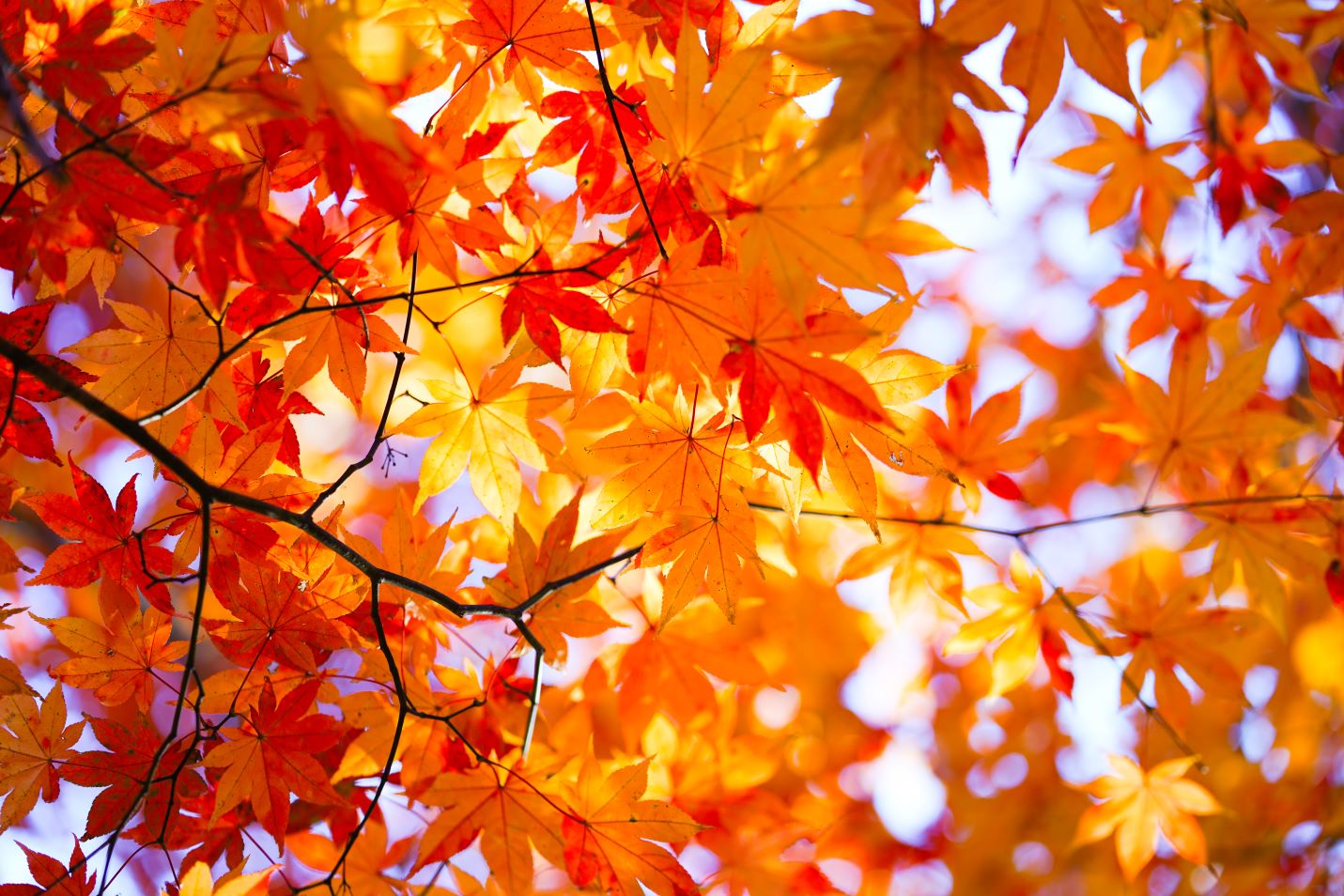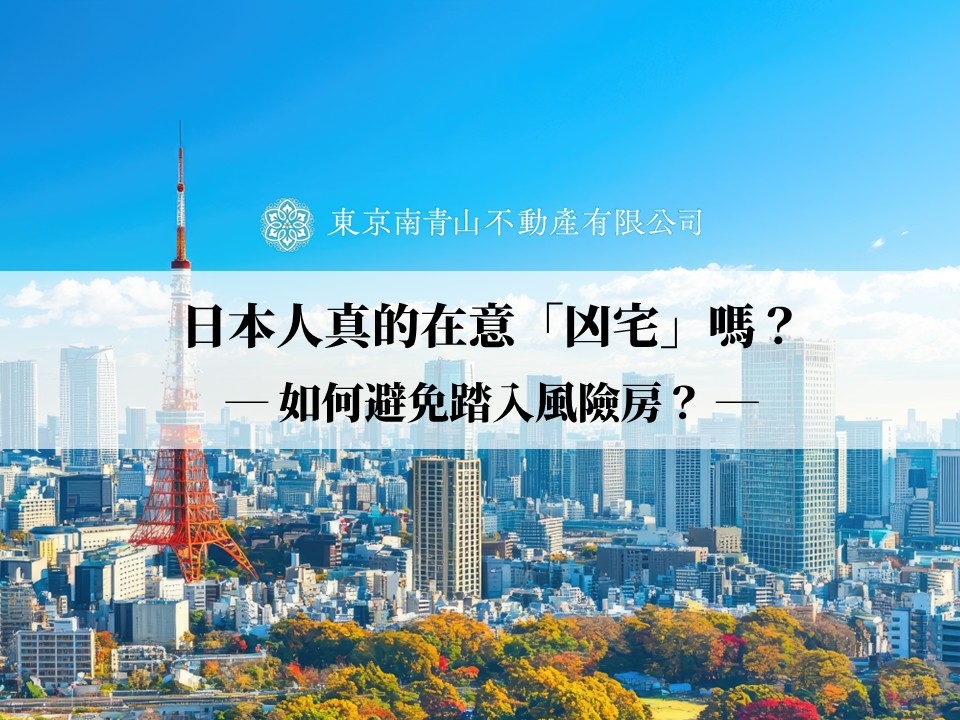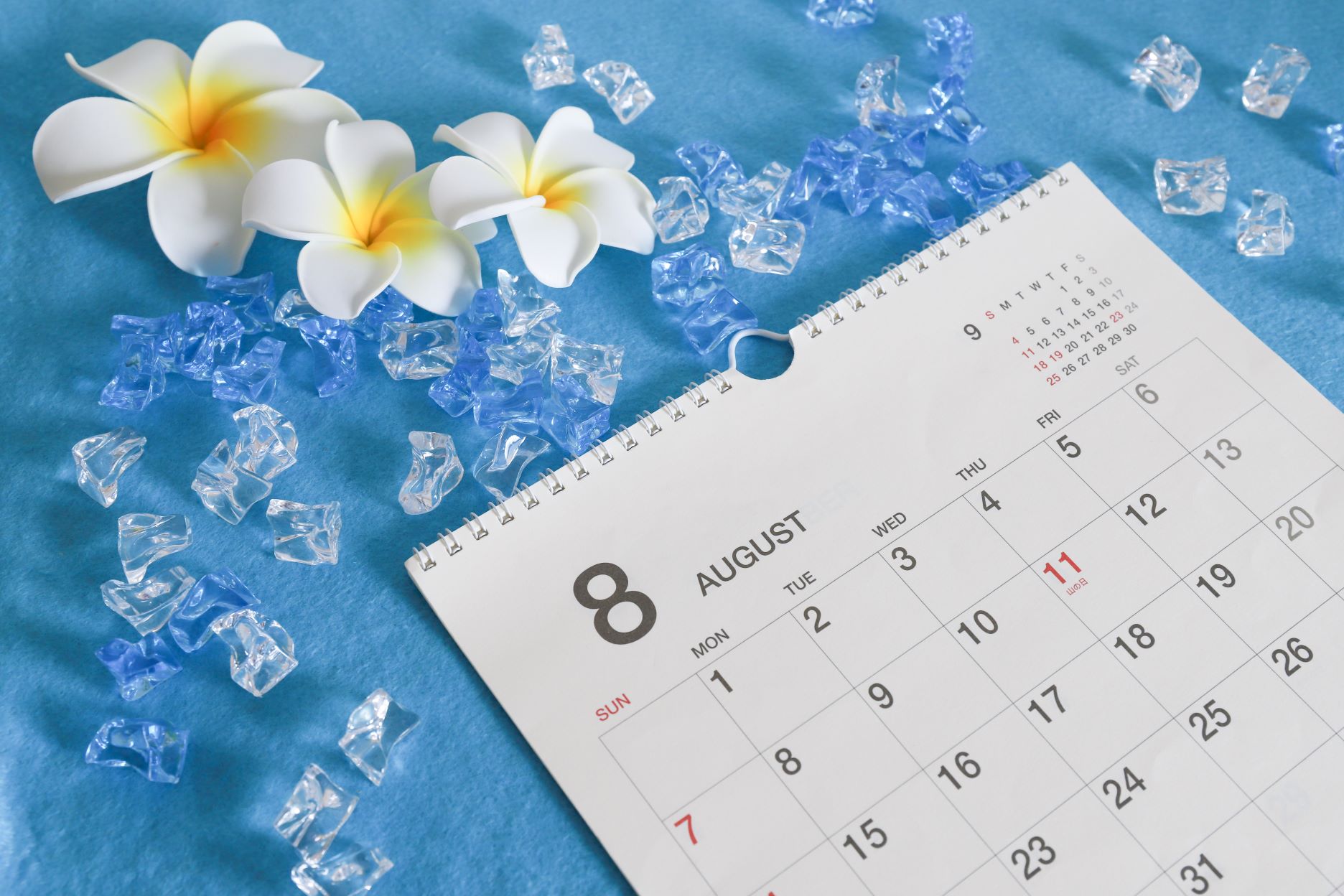Ikebana is the art of arranging various plants in a vase, allowing you to enjoy their beauty. As described in terms like "flower arrangement," "flower path," "ikebana," "live flower," and "flower cutting," a major feature is the use of seasonal flowers.
Ikebana developed during the Muromachi period. This time, I would like to introduce the ikebana culture that was nurtured in Japan.
Developed from "Flower Offerings" on Altars
Little is known about the exact origin of ikebana, but one theory suggests it originated from the custom of offering flowers on altars, introduced with Buddhism from China. The current style of arranging flowers in a vase was born during the Muromachi period. Various works of art called "karamono," such as paintings, ceramics, and calligraphy, were brought from China. The establishment of the "shoin-zukuri" housing style, which became the prototype of modern Japanese houses, gave rise to a culture of decorating alcoves with flowers, hanging scrolls, tea incense burners, and more. The oldest style of ikebana, born around this time, is "tatebana." In tatebana, a branch called "shin" is placed upright in the center of the vase, with seasonal flowers arranged at the base to express a rich natural landscape. During the Muromachi period, a monk from Rokkakudo in Kyoto, Senkei Ikenobo, is mentioned in literature as a master of flower arranging. Over time, Ikenobo Senō compiled his ikebana theories into the "Ikenobo Senō Oral Tradition" and passed them on to his disciples.
Establishment of the Gorgeous "Tachibana" and the Pursuit of Spirituality
Eventually, standing flowers came to be used as decorations for entertaining guests, and in the early Edo period, they were established as "Rikka." The large, gorgeous, and dynamic Tachibana spread from the wealthy, such as the samurai class, and eventually to the culture of the townspeople. At the same time, the style of "Nagebana" was born, and interest in it grew. In contrast to Tachibana, the small, unfixed style and free arrangement of flowers became popular as a decoration close to daily life. By the late Edo period, it was established as "Shoka," which became the foundation of modern ikebana.
"Shoka" uses 1-3 types of plants to express the lively beauty of plants and trees. It is characterized by its composition of three branches: "Shin," "Soe," and "Tai," which are likened to the three elements considered the foundation of all things—heaven, earth, and man. Each branch has a different role. The longest "Shin" is the core and main axis of the work. Therefore, we first create "Shin," then "Soe," and finally "Tai." Ideally, the three branches should be arranged to form an isosceles triangle when viewed from above, with "Shin" at the back when viewed from the front.
Difference Between "Ikebana" and "Flower Arrangement"
By the way, there is also "flower arrangement" in the art of using plants. Flower arrangements are a culture that originated in the West, thought to have begun in the Mediterranean and Europe. Ikebana and flower arrangement use different tools (such as a kenzan for ikebana and a water supply sponge called "oasis" for flower arrangement), but the biggest difference is that ikebana emphasizes reproducing "nature" and making the most of the natural appearance of plants, while flower arrangement focuses on creating "shapes."
Another significant difference is that ikebana is designed to be viewed from one direction (front), while flower arrangements are often placed in the center of a space or table, decorated to look beautiful from any 360-degree perspective. Additionally, while ikebana symbolically expresses itself by utilizing "ma" (space) and white space, flower arrangements are generally voluminous, colorful, and emphasize decorativeness. If ikebana is the "aesthetic of subtraction," then flower arrangements can be said to be the "aesthetic of addition." Each has a different philosophy, purpose, and aesthetic sense, so even if the same plant or flower is used, the beauty of the plant is expressed from completely different perspectives, each with its own charm.
Modern Ikebana Evolves More Freely and Artistically
In its early history, ikebana was considered part of men's education. However, from the Meiji era to the Showa era, it was incorporated into the curriculum of girls' schools and emphasized as part of "bride training." As a result, while it appears that more women currently enjoy ikebana, it is an art that can be appreciated regardless of gender or age.
Learning ikebana is said to have various benefits, such as refining one's sensibilities by engaging with the changing seasons and nature daily, cultivating concentration, calming the mind by admiring beautiful flowers, and relieving stress. Just as ikebana was originally developed to entertain guests, having seasonal flowers in a room can change the atmosphere and bring peace.
Today, there are various schools of ikebana, including the three major schools: "Ikenobo," "Sogetsuryu," and "Ohararyu," with many people enjoying this art form. The world of ikebana enriches our daily lives. Please visit a hands-on class or ikebana exhibition to experience its charm.











